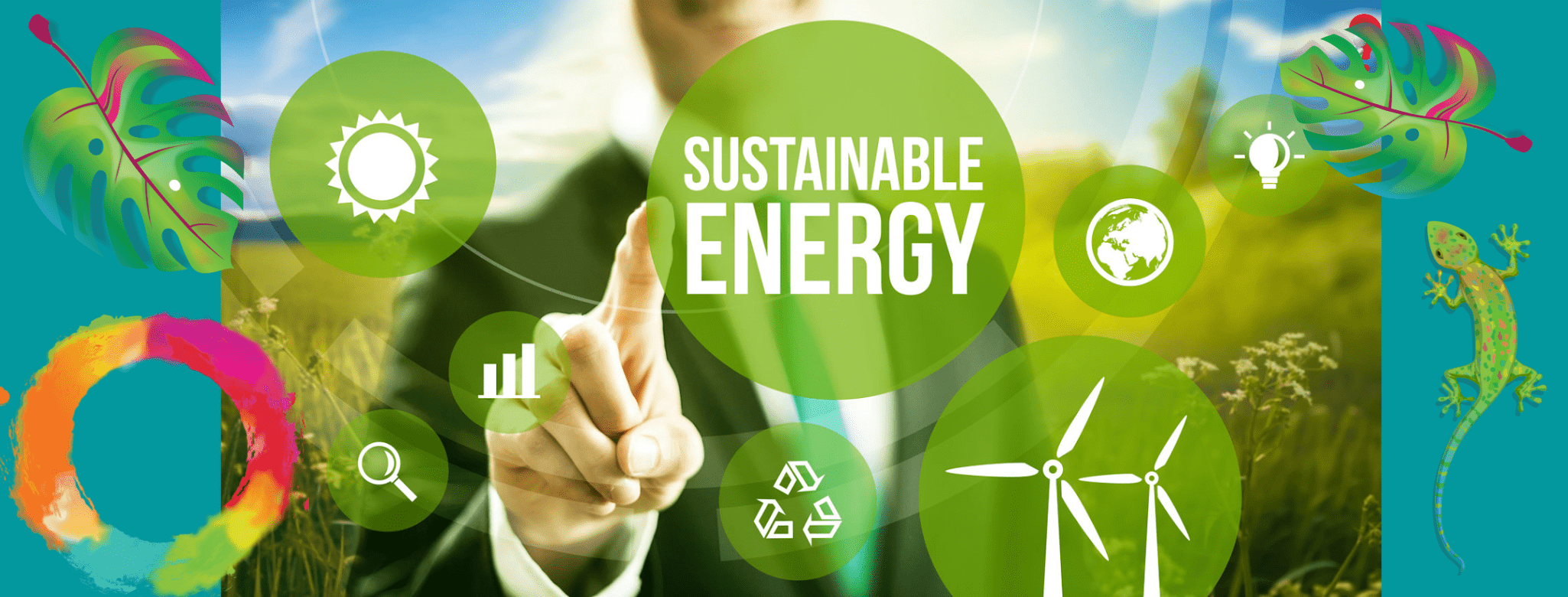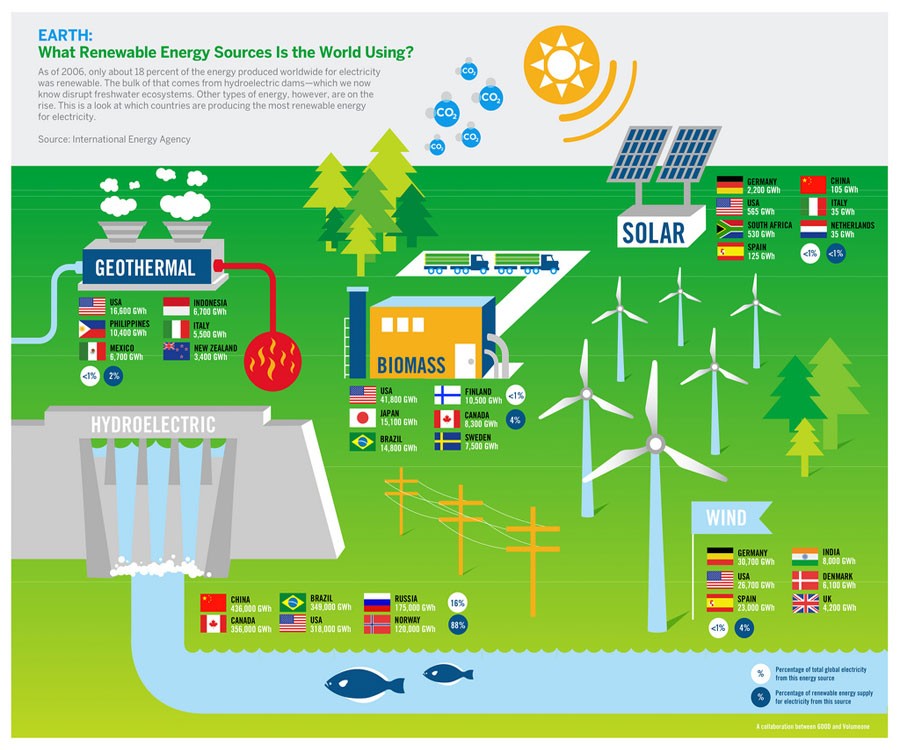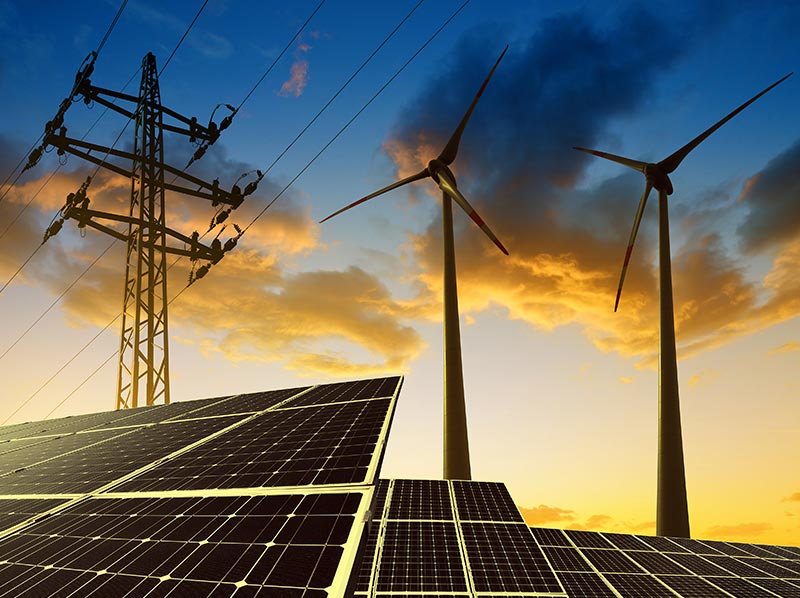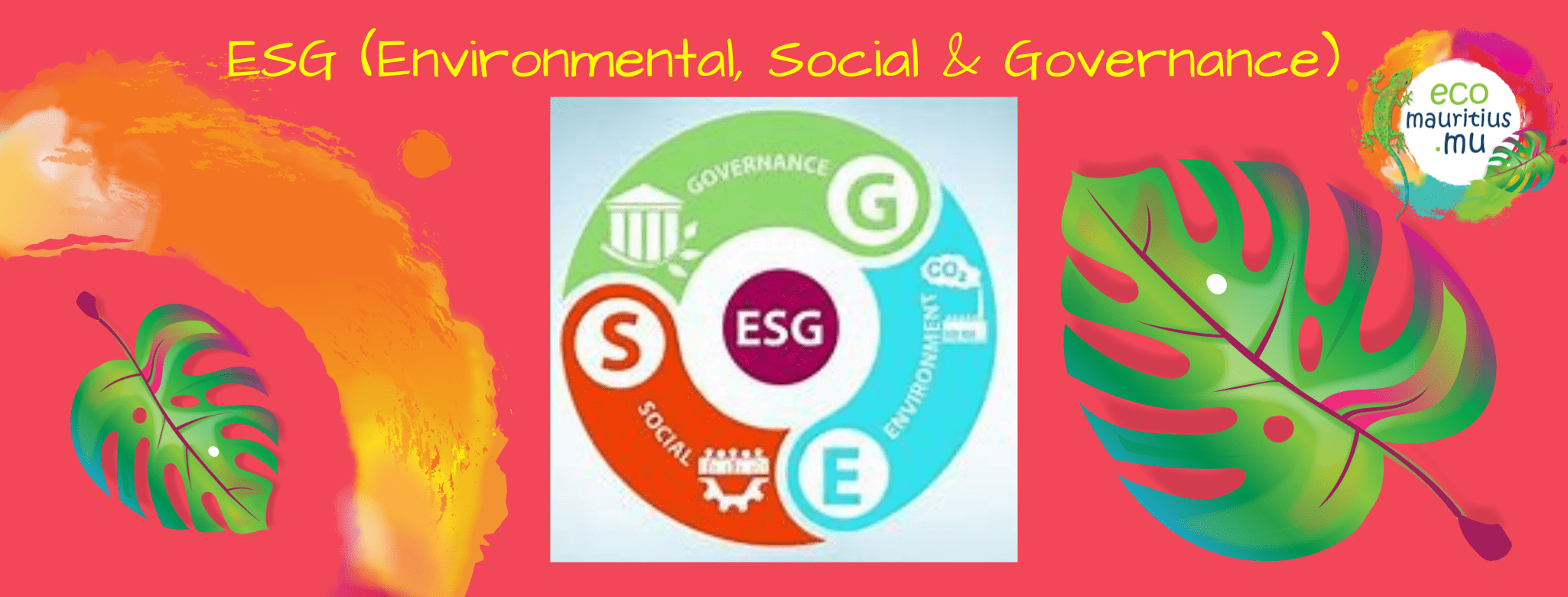
Sustainable energy is a form of energy that will not be exhausted or become expired when used continually to meet our needs in energy, while causing no harm to the environment. Solar, wind, geothermal, hydropower and ocean energy are sustainable and renewable sources of energy that are will not get exhausted. These forms of energy sources should be used to reduce and eventually stop using fossil fuels.
Man started to use fossil fuels when there was a boom in technology development, and man shifted from using timber and waste products to coal, oil and natural gas. Not only fossil fuels caused a degradation of the environment leading to global warming as they were used extensively, but these resources are not inexhaustible…

Renewable energy was one of the main topics of the COP21 summit and 120 countries agreed to support the decarbonisation goal on the long term, even if we know that, these can take much more time than expected as there are elements such as political context, wars, pandemics etc that can affect these objectives.
The implementation of renewable energy projects has definitely a very positive impact on a country’s economy and employment rate. It is a long process to set up a new way of using energy resources in any country of the world, but there is a lot of money invested on materials and labour force to build and afterwards maintain the installation. There is also the communication aspect where there is a need to create awareness campaigns and bring people to adhere to these new concepts.

Types of sustainable energy
- Solar energy
This is the source of renewable energy that comes first to the mind. All living creatures need the light and the heat from the sun to live. Solar panels, composed of solar cells or photovoltaic cells, are used to convert the sun’s energy into electricity. They are usually installed on roofs or in a place bathed in sunlight.
- Wind energy
Wind is one of the energy resources that is widely used across the globe but which will be viable only in places that are constantly windy. Wind turbines are usually planted on slopes or plateaux facing prevailing winds or directly in the sea.
- Geothermal energy
Geothermal energy uses heat coming from the ground, deep inside the earth. This process can only be set up in places that have a high seismic activity due to active volcanoes. To obtain electricity from geothermal energy, a very high temperature is needed to produce enough steam to move turbines. This will only be possible is some parts of the world.
- Ocean energy
70% of the planet is covered with water, the greater part being the oceans, so why not use this energy! There are three ways to get electricity from the ocean, using wave, tidal and ocean thermal energy. Kinetic energy of tides and heat can be used to produce electricity for millions of homes if effectively managed. But this must be done in a sustainable and intelligent way, as setting up big plants in the ocean can disturb the biodiversity and marine life.
- Biomass energy
Biomass energy is a fully renewable energy as it is produced by the burning of wood, timber, landfills, and agricultural waste. It also produces carbon dioxide when burnt but the amount is equivalent to the cardon dioxide taken in by plants during the photosynthesis process.
- Hydroelectric power
Hydroelectric power uses the perpetual movement of rivers and waterfalls to produce energy. It is the most used form of renewable energy resource in the world, and the oldest. Hydropower is using kinetic energy from moving water to produce power. We say that this energy is renewable as water cycle in continuously renewed by the sun.
- Hydrogen energy
Hydrogen is a clean fuel and is the most abundant element on earth… It consists of one proton and one electron. It does not exist by itself in nature, it is produced from compounds that contain it. When hydrogen is consumed in a fuel cell, it gives only water, electricity, and heat. It can be used in all sectors and reaches a zero or near-zero emission operation, with a high potential of reducing green gas emissions when applied. Knowing this, hydrogen and fuel cells are the perfect option for future energy needs.
In Mauritius
In Mauritius, we are quite limited due to the size of the island and its resources. The obvious resource remains the sun with a high amount of sun exposure all year round. There is also the use of hydroelectric power where there are waterfalls and wind turbines have also been placed in some windy regions of the island, but these two remain a minor source of energy.
People are gradually moving towards the use of solar energy for their household, with the ecological issue in mind, but also the economic aspect. The government has been giving subsidies on solar heaters for some time now encouraging people to shift from electricity produced by fossils to solar energy. The private sector is also playing the game to shift to a more sustainable way of operating. Most of the new buildings use solar energy, some companies have even set up a solar farm in their compound. There is a real will to shift to renewable and sustainable energy from all sectors, it is only a matter of time and means to get there.
Sources:
Sustainable Energy: Why We Need and Various Types of it








